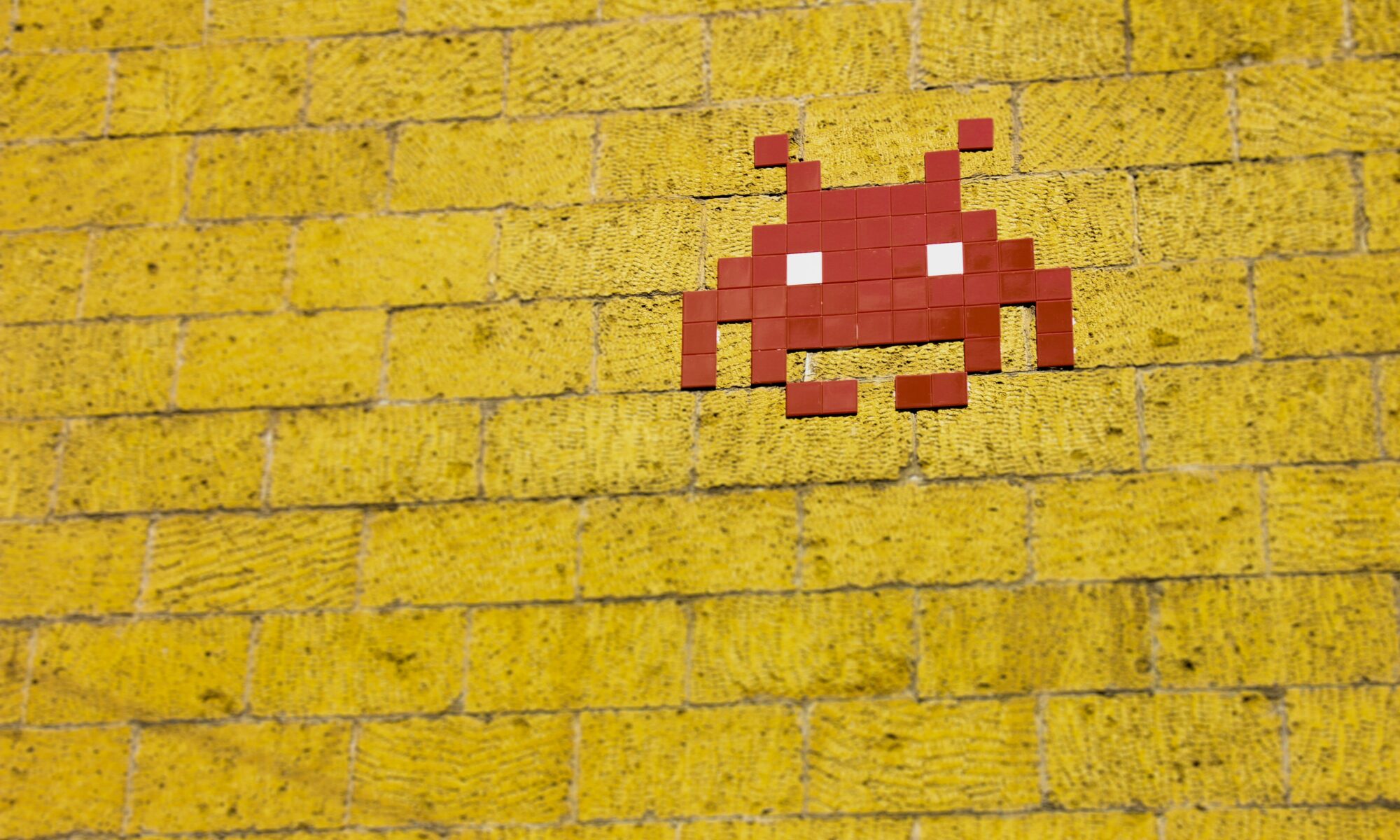Chris Melissinos, for TIME, writes, “As an art form that has only existed in the digital space, video games are truly a collision of art and science. They include many forms of traditional artistic expression—sculpture in the form of 3D modeling, illustration, narrative arcs, and dynamic music—that combine to create something that transcends any one type.”
Melissinos presents an argument in favor of video games as art—one that combines many forms of traditional art and yet allows users to personalize their experience while still retaining the artist’s original vision.
However, while this is a trendy line of thinking, not everyone is on board.
Can Video Games Be Considered a Form of Art?
Many believe not.
Of the countless arguments raised against hailing video games as an art form, Roger Ebert—the famous film critic—proposes a favored one.
He states that while art is more concerned with expressing ideas, the “key components of games are goals, rules, challenge, and interaction.” We can’t remove these critical components from a game or eliminate any point system through which the player can win. Because even if one did, can we indeed call what’s left a game?
In particular, Ebert goes after the games that Kellee Santigo used to in her TED talk about the subject.
First, he describes the games’ graphics as being too primitive to be even compared to the ‘chicken scratch’ that are cave paintings from thousands of years ago. He then proceeds to compare early attempts of cinema and video games where he claims that although cinema from the 1900s had limited technical resources, they were superior in terms of artistry and imagination.
One can’t help but wonder if Ebert was nitpicking at the choice of video games that he used to make his argument. His article was published in 2010, the same year that a much-anticipated installment in the Assassin’s Creed was released, a new installment in the Halo series, Call of Duty, God of War, Final Fantasy, World of Warcraft, and more.
While those games did not have the graphical prowess of modern titles, calling them worse than cave paintings is more provocation than criticism. In fact, gaming has only gotten better in storytelling and artistic expression, as better technology has made bigger things possible. Yet, those games were still pretty great for storytelling and sales.
Final Fantasy, for example, has been regarded by many as one of the greatest video games, which sold over 164 million copies, making it one of the best-selling video game franchises of all time.
Although the games listed above have incredible graphics to back up their gameplay, that should not be the only criteria for being considered artistic.
But what is art? Is it the deliberate process of creating something that evokes an emotional response? If so, then video games have the same power to move people as other art forms.
Philosopher Aaron Smuts argued that “by any major definition of art, many modern video games should be considered an art.”
The Biggest Media IP in the World is A Video Game
Grand Theft Auto V broke several Guinness World Records by crossing $1 billion in total sales by the end of the first week of its release. GTA V is the highest revenue-generating IP in any media format. It sold more tickets than any movie ever made, had more streams than any song ever made, and sold copies of itself more than any other painting. (In terms of revenue, of course). The modern idea of art cannot exclude something that has become a subculture.
“Video games are a medium of mediums. Composers create soundtracks and effects, artists create 2D images and 3D models, writers draft story arcs and dialogue, and programmers choreograph all the moving pieces into a seamless world,” states Nathan Deardorff, Forbes, “There is no other medium where the audience or person experiencing it empathizes with it so heavily that they use personal pronouns when describing what they experienced. They are not merely reactionary.”
Written by Osheen Jain
Edited by Suranjan Das
